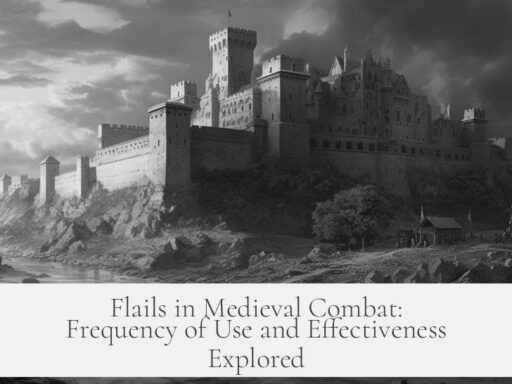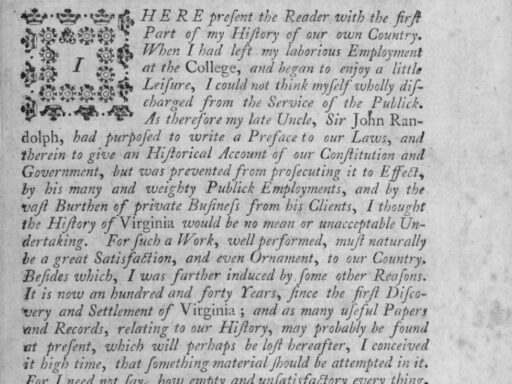Annie Jacobsen’s book Operation Paperclip: The Secret Intelligence Program that Brought Nazi Scientists to America offers an engaging narrative but falls short as a rigorous academic resource due to factual inaccuracies and dramatization. It suits general readers seeking an accessible introduction, yet scholars should rely on more authoritative sources and primary documents.
Operation Paperclip involved covertly relocating Nazi scientists to the United States after World War II. The program presented complex ethical dilemmas, political maneuvers, and the challenges of incorporating former enemies into American research efforts. Figures like Wernher von Braun epitomize the moral ambiguity, as he transitioned from an SS officer to a key figure in the U.S. space program.
Jacobsen’s strength lies in her storytelling ability. Her prose is readable and captures the drama surrounding Operation Paperclip. The book highlights the ethical conflicts and humanizes participants in a way that strict academic accounts may not. It brings to light subjective perspectives often absent in technical or purely factual sources.
Despite its readability, experts highlight serious concerns about the book’s accuracy. Dr. Michael Neufeld, a historian familiar with Nazi rocketry and Operation Paperclip, criticizes Jacobsen for including invented details that push the narrative toward sensationalism rather than strict fact. Neufeld notes multiple factual errors, such as misrepresenting educational backgrounds, misspelling key figures’ names, and inaccurately depicting organizations and historical events.
For instance, Neufeld points out an overly dramatized scene involving Albert Speer presenting an award, which includes details not supported by primary sources. Simple errors like labeling Arthur Rudolph “high-school graduate” when he held a technical degree undermine confidence in the book’s overall reliability. Such mistakes, though seemingly minor, accumulate and suggest a broader pattern of carelessness or embellishment.
Jacobsen’s bibliography is extensive, but much of the book derives from personal investigations rather than systematically verified sources. This approach creates a popular history that entertains and informs but does not meet scholarly standards. Thus, while it is useful for those new to the topic, its claims require cross-verification.
For academic or research purposes, alternative works offer greater precision and depth. Dr. Brian Crim’s Our Germans: Project Paperclip and the National Security State presents a more tightly focused, authoritative study. Additionally, publicly accessible Operation Paperclip documents at the National Archives provide direct access to original materials, enabling accurate historical analysis.
Jacobsen’s book captures the ethical tensions of Operation Paperclip vividly, illustrating how political and security concerns trumped moral judgments. It explains how anti-Soviet fears influenced the U.S. government to prioritize scientific advancement over accountability. This subjective insight can complement scholarly studies that emphasize data and policy.
In summary, Jacobsen’s Operation Paperclip functions well as popular literature, drawing readers into a complex historical episode with dramatic flair. It illuminates personal stories and moral quandaries but does not withstand rigorous scrutiny for factual precision. Scholars and serious students of history should supplement it with academic works and primary sources to obtain a reliable and nuanced understanding.
- Jacobsen’s book is engaging but not fully reliable for academic use.
- Contains invented details and factual inaccuracies according to expert critics.
- Works well as an introduction for general audiences.
- Should be paired with scholarly studies like Brian Crim’s book and National Archives documents.
- Provides valuable insight into ethical dilemmas and political context but with limited factual precision.
What Do You Think of Annie Jacobsen’s Operation Paperclip Book Since She Also Wrote Some Odd Things?

If you’re diving into Annie Jacobsen’s Operation Paperclip, expect a gripping narrative peppered with drama and eye-opening accounts—but beware, this book isn’t exactly a flawless academic guide. Now, that might sound like a teaser trailer for a thriller, but it’s a pretty spot-on summary based on expert reviews and my own deep dive into both the history and the book itself.
So let’s crack this nut open—what’s the real deal with Jacobsen’s take on Operation Paperclip, and why do some scholars raise their eyebrows about her “odd things”?
Operation Paperclip: Not Just a History Lesson but a Moral Crossover Thriller
First, let’s set the stage. Operation Paperclip wasn’t your average post-WWII cleanup. It was the U.S. government’s secret program to snag Nazi scientists after the war, hoping to leverage their brainpower for American military and aerospace supremacy. Think rocket science, spy games, and a hefty dose of political ethical grey zones.
This program is tangled in political gambits, secrecy, scientific genius, and moral dilemmas. The infamous Wernher von Braun was not just a mythic rocket scientist but once an SS-Sturmbannführer, a mid-ranking officer in Nazi Germany’s secret police. That fact alone turns a simple historical recounting into a complicated narrative about justice, utility, and the cost of victory.
Jacobsen’s Book: A Binge-Worthy Story with a Side of Skepticism
Jacobsen is a storyteller. She certainly knows how to keep pages turning. Her book reads like a thriller—dramatic, wide-ranging, and engaging. It’s no wonder a lot of readers latch onto it as their first introduction to this hot potato of Cold War history.
However, the term “engaging” here comes with a caution label. While the book provides an accessible window into the subject, it’s not anchored in rock-solid academic research. Even veteran historians, like Dr. Michael Neufeld, express serious doubts about its reliability.
“Jacobsen’s dramatization includes invented details,” says Neufeld, a specialist in this field. “Minor errors—like calling Arthur Rudolph a high-school graduate when he had a two-year engineering degree—stack up quickly and cast doubt on the entire book.”
Small errors don’t just trip up accuracy; they erase trust. Imagine trying to assemble a LEGO castle with pieces that don’t quite fit. That’s what reading through Jacobsen’s version feels like to a trained historian.
Oddities and Errors: Where the Book Trips
What are these “odd things” Jacobsen wrote? Beyond simple factual slips, there are cases of misidentifications—mixing up leaders of the Third Reich, botching key details about the U.S. military’s postwar reshuffling, and consistently misspelling the name of George F. Kennan, the famous diplomat. For those who cherish history’s details, it’s like hearing your favorite song played off-key repeatedly.
Even the grand theatrical scenes, such as Albert Speer’s presentation of the Knight’s Cross, are allegedly swelled with “invented details for dramatic effect.”
Here’s the kicker: While dramatization spices up a story, distorting factual history for suspense crosses a line, especially with such a controversial and sensitive topic.
But It’s Not All a Slam Dunk Against Jacobsen

To be fair, Jacobsen’s book does something academic tomes often don’t: it brings subjective human experiences and ethical dilemmas into sharp focus.
It asks questions like: How do you reconcile the need for national security with the moral cost of harboring former Nazis? How much do you forgive in the name of future scientific progress? These are tough, uncomfortable queries that dry academics sometimes skirt.
For readers who want an engaging introduction—a vivid narrative laced with the tension of real-life spycraft and postwar politics—Jacobsen delivers.
What Experts Recommend Instead
But what if you want a history book to lean on for your research paper or a serious project? Look elsewhere. Dr. Brian Crim’s Our Germans: Project Paperclip and the National Security State is widely praised as tighter and more authoritative. Plus, plenty of declassified primary sources await you in the National Archives for those willing to sift through actual government documents.
For anyone bridging the disciplines of history and aerospace engineering or diving into topics related to denazification and postwar extremism, these sources will provide a sturdier foundation—and fewer eyebrow-raisers.
So, Should You Read It?
If you’re a history buff, an enthusiast of WWII intrigue, or someone just curious about Cold War covert ops, go for it. Just remember, Jacobsen’s Operation Paperclip is like a thriller you watch for entertainment, not a textbook you quote for a thesis.
Read it with a smile, but keep your skeptic hat handy. Better yet, use it as a springboard into deeper, more rigorous works.
Lessons from the Curious Case of Jacobsen’s Book
- Entertainment vs. Accuracy: A book can be fun and still miss the mark on facts.
- The Importance of Primary Sources: Real documents from the National Archives tell the story without embellishment.
- Ethical Nuances Matter: Ethics around Operation Paperclip are complex and deserve nuanced discussion.
- Dramatization in History: Stories can be engaging without adding unverified details.
These takeaways can help any reader navigate the tricky waters of history books that toe the line between storytelling and scholarship. It’s okay to enjoy the ride, but keep your feet on the ground.
Final Thoughts: Embrace the Complexity
Operation Paperclip is a topic drenched in paradox. In trying to win the Cold War, the U.S. government chose to embrace former enemies, raising tough moral questions still echoed today. Jacobsen captures some of this drama in her book, making it a useful but imperfect introduction.
For the curious mind seeking more than thrills, combining Jacobsen’s narrative with academic sources and official documents will deliver a richer, more reliable understanding.
So, what do YOU think? Is it okay for history books to sometimes embellish a bit for drama? Or does accuracy have to be king, no matter the cost to the story’s excitement? Either way, Annie Jacobsen’s Operation Paperclip will keep you thinking—and that’s no small feat.




